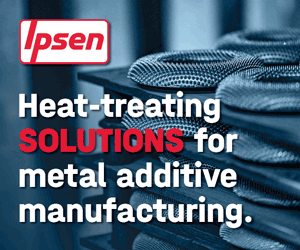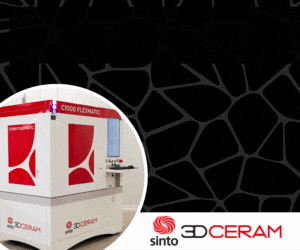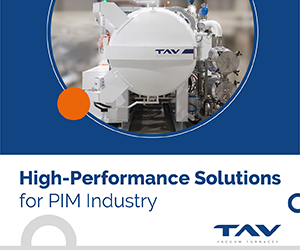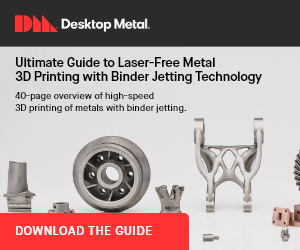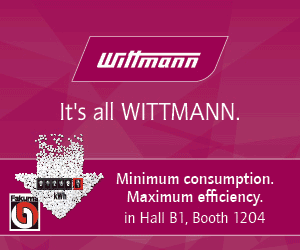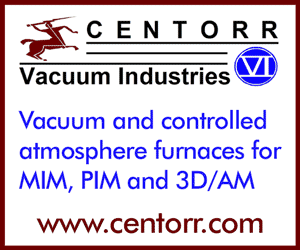Battenfeld introduces new moulding machines
July 1, 2007
The injection moulding machine manufacturer Battenfeld, of Kottingbrunn, Austria, which was sold by the SMS group to venture capitalists last year, has reported full order books and significantly increased sales for the first quarter of 2007.
The company recently introduced three new HM model injection moulding machines with clamping forces ranging from 320 to 500 t which the company claims are the shortest moulding machines on the market in their performance class. Some of the features of the new machines are outlined below.
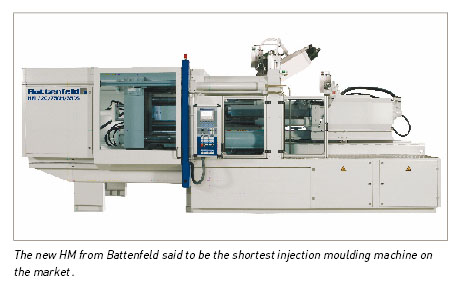
Clamping Unit: The company states that the new HM features 4 symmetrically arranged clamping cylinders with external fast-stroke cylinders and centrally located ejectors to ensure symmetrical force transmission and quick, even clamping force build-up. The rectangular platens in the clamping unit allow large moulds to be accommodated. Additionally, using the external fast-stroke cylinders with differential control systems, high opening and closing speeds are achieved with resulting short dry cycle times. At the same time the linear guides of the moving platen ensure exact platen parallelism allowing Euromap standard tolerances to be undercut by 50 %. The linear guides are designed so that no adjustments are necessary even for heavy moulds.
The company states that the new HM features 4 symmetrically arranged clamping cylinders with external fast-stroke cylinders and centrally located ejectors to ensure symmetrical force transmission and quick, even clamping force build-up. The rectangular platens in the clamping unit allow large moulds to be accommodated. Additionally, using the external fast-stroke cylinders with differential control systems, high opening and closing speeds are achieved with resulting short dry cycle times. At the same time the linear guides of the moving platen ensure exact platen parallelism allowing Euromap standard tolerances to be undercut by 50 %. The linear guides are designed so that no adjustments are necessary even for heavy moulds.
Injection unit: An extremely compact design is said to have been achieved for the injection unit by using two pulling injection cylinders. With a consistent L/D ratio of 22 for all available screws, an injection pressure of up to 3,000 bar and a 5 D injection stroke, it has been optimised to meet demands of every type of plasticising system resulting in a high plasticising performance and melt homogenisation. A maximum injection speed of 300 mm/s can be reached.
The company states that a choice of 3 to 4 screw diameters is available for each injection unit as standard. Injection unit sizes range from 60 to 5100, with screw diameters ranging from 14 to 95 mm. One barrel unit can be combined with several different injection units. The universal compatibility of screws and barrels with different injection units is said to offer processors a high degree of flexibility. Screws with special geometries for complex applications are also available, such as compounding screws with lengths of up to 26 D, or the Rapidmelt screw concept.
An extremely compact design is said to have been achieved for the injection unit by using two pulling injection cylinders. With a consistent L/D ratio of 22 for all available screws, an injection pressure of up to 3,000 bar and a 5 D injection stroke, it has been optimised to meet demands of every type of plasticising system resulting in a high plasticising performance and melt homogenisation. A maximum injection speed of 300 mm/s can be reached.
The company states that a choice of 3 to 4 screw diameters is available for each injection unit as standard. Injection unit sizes range from 60 to 5100, with screw diameters ranging from 14 to 95 mm. One barrel unit can be combined with several different injection units. The universal compatibility of screws and barrels with different injection units is said to offer processors a high degree of flexibility. Screws with special geometries for complex applications are also available, such as compounding screws with lengths of up to 26 D, or the Rapidmelt screw concept.
Hydraulics: In the development of the hydraulic system, Battenfeld engineers have also aimed to reduce energy consumption as far as possible. This has led, for example, to the use of electrical DFEE delivery pumps, which allows machine operators to set precisely the pressure/quantity required for each individual process.
In the development of the hydraulic system, Battenfeld engineers have also aimed to reduce energy consumption as far as possible. This has led, for example, to the use of electrical DFEE delivery pumps, which allows machine operators to set precisely the pressure/quantity required for each individual process.
Controls: The new HM series comes with the latest-generation UNILOG B6 control system with Windows XP providing ‘plug and play’ solutions for connecting various peripheral equipment and communication interfaces. This control system is network-compatible and also supports remote diagnostics via the Internet as well as transmission of error signals by e-mail.
A paper presented at the EuroPM2006 Congress, Ghent, Belgium (October 23-25) by C. Kukla (Battenfeld) and published in Vol.2 Proceedings of EURO PM2006, 37-42. EPMA Shrewsbury, compared the use of hydraulic and fully electrical injection moulding machines for powder injection moulding. It was reported that there is no clear advantage to using either type of machine in PIM with both types capable of working to a high quality level.
The new HM series comes with the latest-generation UNILOG B6 control system with Windows XP providing ‘plug and play’ solutions for connecting various peripheral equipment and communication interfaces. This control system is network-compatible and also supports remote diagnostics via the Internet as well as transmission of error signals by e-mail.
A paper presented at the EuroPM2006 Congress, Ghent, Belgium (October 23-25) by C. Kukla (Battenfeld) and published in Vol.2 Proceedings of EURO PM2006, 37-42. EPMA Shrewsbury, compared the use of hydraulic and fully electrical injection moulding machines for powder injection moulding. It was reported that there is no clear advantage to using either type of machine in PIM with both types capable of working to a high quality level.







